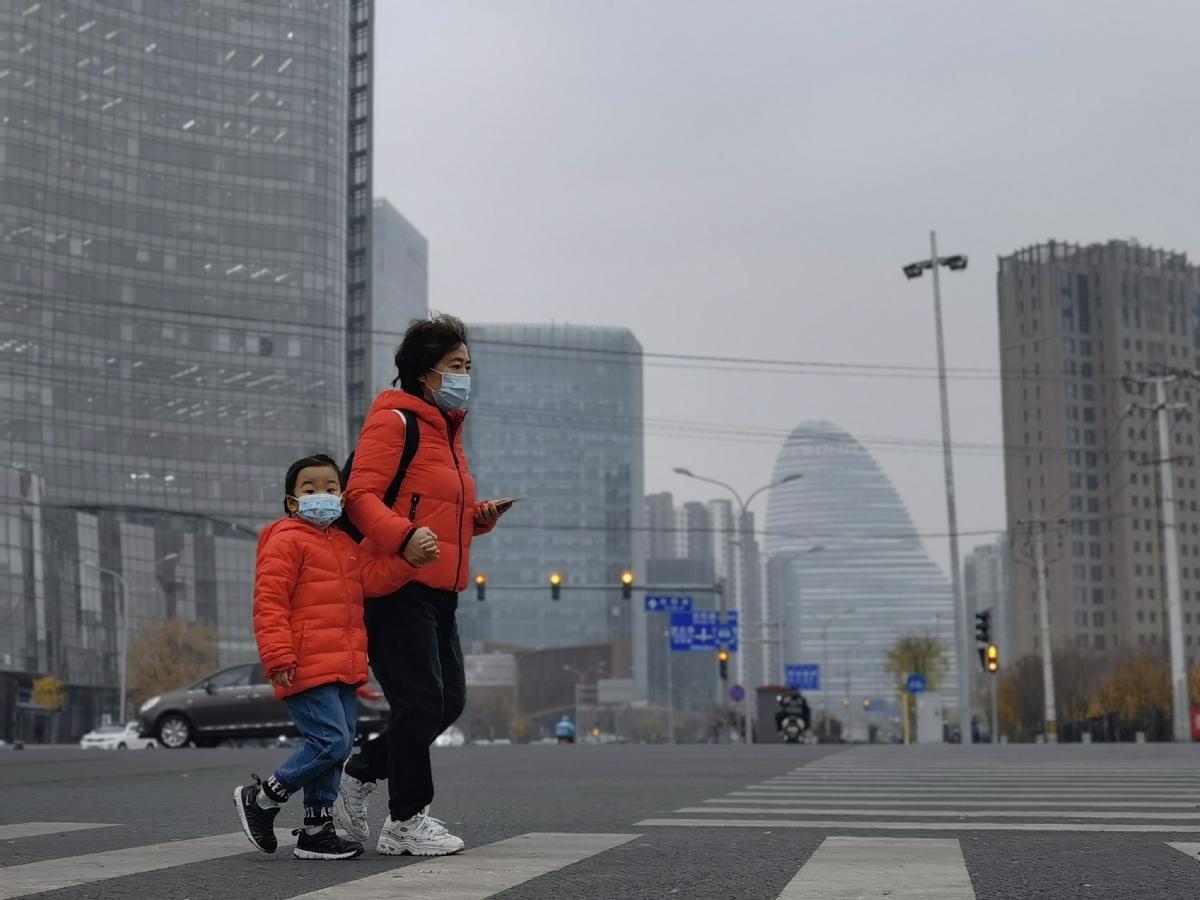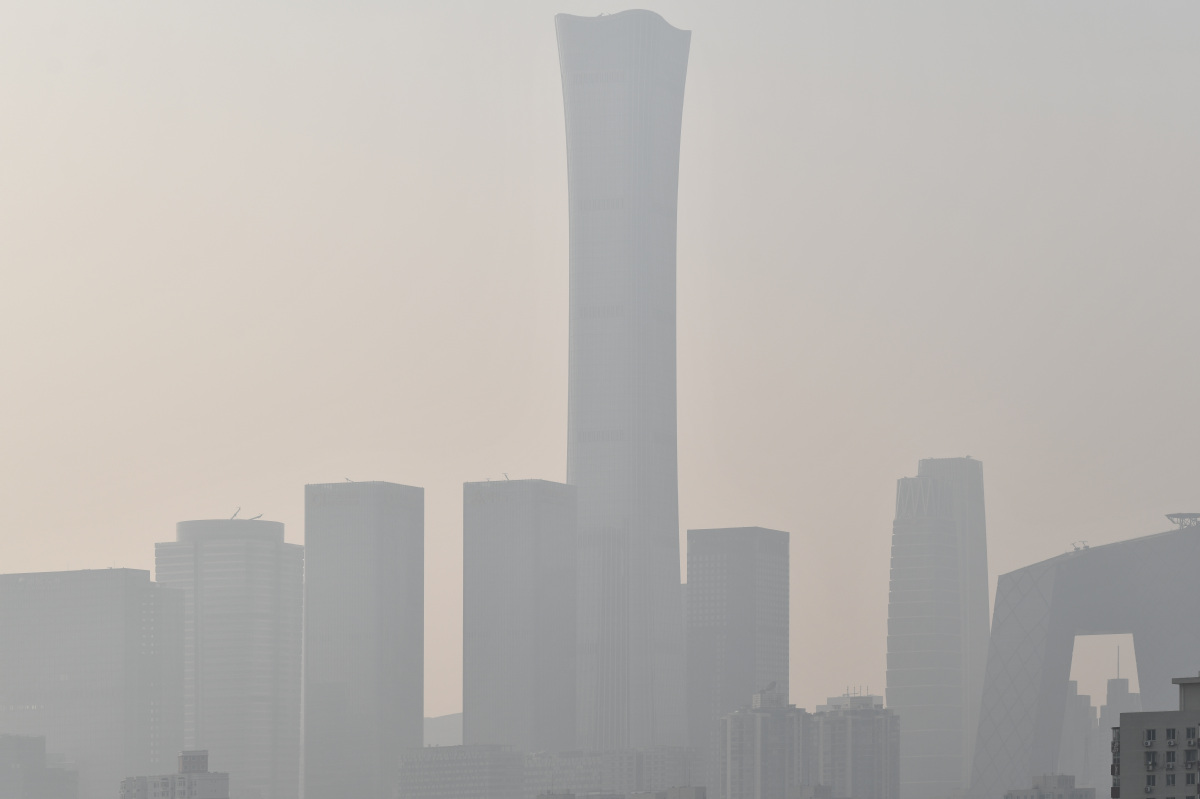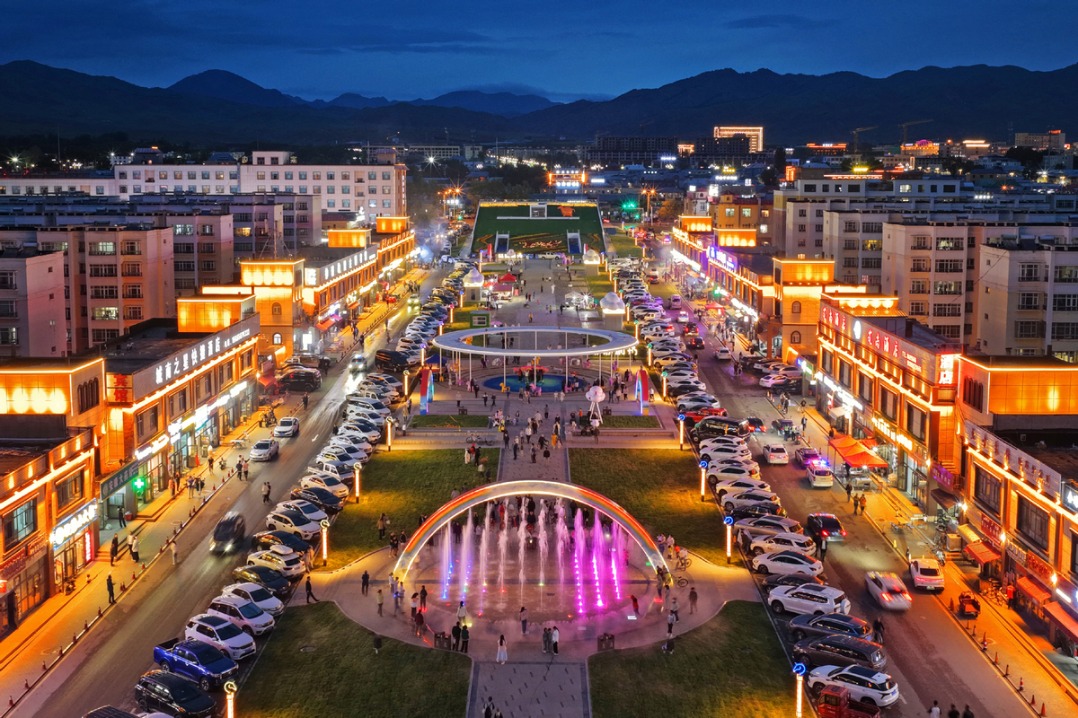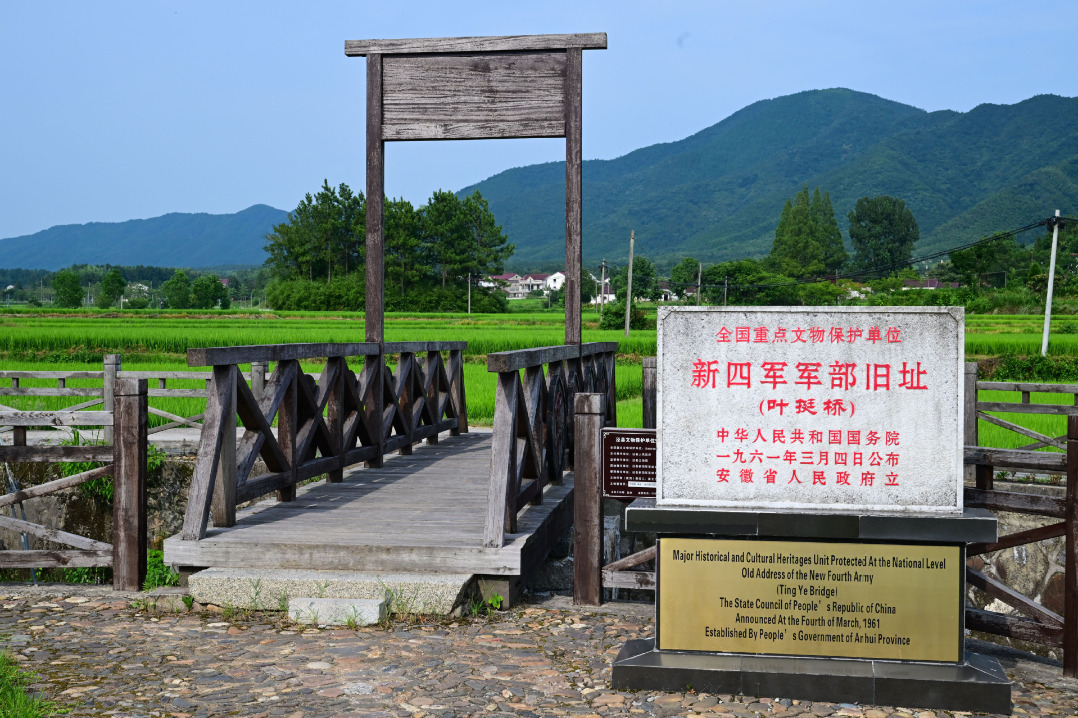Chilly winter in North to help disperse smog


Chilly winds are forecast for North China from December to February, creating favorable atmospheric conditions for diffusing air pollution. But less precipitation than usual is expected in the Yangtze River Delta region, inhibiting the dispersal of air pollution there, the National Climate Center said in a recent weather outlook report.
Yuan Yuan, a researcher at the center, said that while reducing emissions of pollutants is one of the major ways to control air pollution, favorable meteorological conditions also can make an important contribution.
"Atmospheric conditions are a way of evaluating whether air pollutants will thin out quickly," she said. "Factors including wind and precipitation decide how such conditions will affect the environment."
The outlook, issued by the center and the Ministry of Water Resources last week, said this winter will be a little chillier across the country on average, and cold air from the west will influence the country via the Xinjiang Uygur and Inner Mongolia autonomous regions.
"For North China, cold air plays a vital role in clearing up air pollution, so the coming frigid conditions will help a lot," Yuan said.
The outlook said atmospheric conditions in the Beijing-Tianjin-Hebei province cluster and the Fenhe-Weihe Plain region, including Shanxi, Shaanxi and Henan provinces, will be the same as the past five-year average this winter.
However, it said that in the Yangtze River Delta area, which includes Shanghai and the provinces of Jiangsu, Zhejiang and Anhui, conditions will be worse than the previous five-year average.
"For eastern areas, favorable atmospheric conditions depend mainly on enough precipitation," Yuan said. "Less precipitation than the same period in previous years weakens its ability to clear pollution."

The outlook forecast that eastern provinces including Zhejiang, Fujian and Jiangxi will have 20 to 50 percent less rain or snow this winter than in normal years.
Since Wednesday, the Beijing-Tianjin-Hebei cluster and the Fenhe-Weihe Plain region have experienced heavy air pollution. Smog will blanket the areas on and off for the rest of the month due to insufficient cold breezes, the center said.
A report by the National Joint Research Center on Air Pollution Causes and Control said emissions component analysis showed this round of pollution is due primarily to diesel vehicle emissions, industrial plant gas emissions and coal burning.
Adverse atmospheric conditions, including high humidity and weak streams of cold air, contributed to the rise in PM2.5 density in those areas, the report said.
Current pollution levels are expected to last until Tuesday at noon, with heavy rainfall or snowfall in North China from Tuesday through Sunday then helping to clear up the air pollution, the report said.
Some areas have fallen under air pollution warnings last week, with south and central areas of Hebei province under an orange warning from Nov 9 to Sunday, officials said. Orange is the second-highest of the four-level warning system.
Henan province was under an orange warning from Friday to Sunday, and some Henan cities remained under the alert on Monday. Beijing issued a yellow alert, the third highest, on Sunday.
The Ministry of Ecology and Environment said that with the higher warning levels, enterprises that emit polluting gases and are on the ministry's heavy pollution emergency response list must suspend or reduce production.
Last year, average density of PM2.5 nationwide decreased by 20 percent from that of 2015. For the Beijing-Tianjin-Hebei cluster and surrounding areas, the density last winter was down 28 percent compared with 2015, with analysis showing that a reduction in coal burning had made the biggest contribution to the improvement, the research center said.
- ?Typhoon Wipha pummels Guangdong province
- 'Pet' major launched as demand surges
- Typhoon Wipha makes second landfall in South China's Guangdong
- PLA honors 12 as 'most beautiful revolutionary soldiers' ahead of Army Day
- Six suspects arrested in kindergarten lead poisoning case
- China coastal regions brace for Typhoon Wipha





































